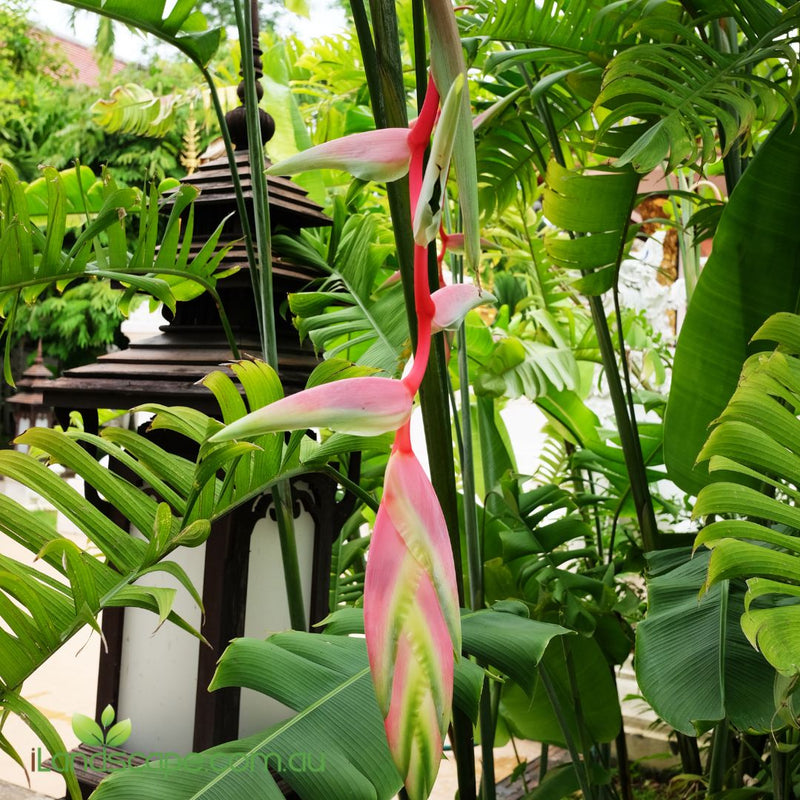
Top 10 Must-Have Tropical Plants for Queensland Gardens

Description:
Banksia spinulosa, commonly known as Hairpin Banksia, is a hardy, evergreen shrub native to Australia. It is prized for its distinctive cylindrical flower spikes, which vary in color from golden-yellow to orange, and its fine, needle-like foliage. This versatile and drought-tolerant shrub is highly valued for its ability to attract wildlife, particularly birds and pollinators. Its compact size and long flowering period make it an excellent choice for both native and ornamental gardens.
Flowers:
The cylindrical flower spikes of Banksia spinulosa are typically golden-yellow with darker styles, resembling hairpins, hence the common name. The flowers appear primarily in autumn and winter, but sporadic blooms may occur throughout the year. These nectar-rich flowers attract a wide range of pollinators, including birds, bees, and butterflies.
Foliage:
The foliage consists of fine, needle-like leaves that are dark green and leathery. The leaves are slender and serrated along the edges, providing a delicate texture that contrasts with the bold flower spikes. The dense foliage creates a lush, full appearance, making the plant suitable for hedging or as a feature shrub.
Fruit:
After flowering, woody seed cones develop. These cones can remain on the plant for several years, gradually opening to release seeds. The cones add structural interest to the plant but are not a primary ornamental feature.
Form and Size:
Banksia spinulosa is a compact shrub, typically growing to 1.5–2 meters in height and 1–2 meters in width. Its naturally bushy growth habit and manageable size make it suitable for a variety of garden settings, from formal borders to informal native gardens.
Growing Conditions:
Thrives in full sun to part shade and prefers well-drained soils. Banksia spinulosa is highly drought-tolerant once established and performs well in a variety of soil types, including sandy or loamy soils. It can tolerate light frosts and is ideal for low-maintenance, water-wise gardens. Mulching around the base of the plant helps retain moisture and keep the roots cool.
Uses:
Banksia spinulosa is ideal as a feature shrub, in mixed native garden beds, or as a low hedge. Its attractive flowers and dense foliage make it perfect for wildlife gardens, particularly for attracting nectar-feeding birds and insects. Its compact form and drought tolerance also make it suitable for coastal gardens or areas with low water availability.
Maintenance:
Low-maintenance and tough, Banksia spinulosa requires minimal care once established. Light pruning after flowering will help maintain its shape and encourage bushier growth. Avoid overwatering, as the plant prefers well-drained conditions. Apply a low-phosphorus fertilizer in spring to support healthy growth and flowering.
Notes:
Banksia spinulosa is fire-retardant, making it a good choice for areas prone to bushfires. It is also highly resilient to drought and poor soils, making it an excellent addition to sustainable, low-water gardens.
Companion Plants:
Pairs well with other Australian natives such as Grevillea, Callistemon, and Leptospermum. Its bold flower spikes and fine foliage also contrast beautifully with grasses like Lomandra or silver-leaved plants such as Eremophila.
Common Name: Hairpin Banksia
Botanical Name: Banksia spinulosa
Family: Proteaceae
Origin: Australia
As we cannot guarantee stock all year around on Pots & Plants please hit us up via the chat button and we can get back to you with availability
Quantity:
Usually ready in 24 hours —
Delivery Options
Product Availability
Plants & Pots come and go all year around.
Where are our plants Grown and how do we grow them
How to Look after your plants like we do
